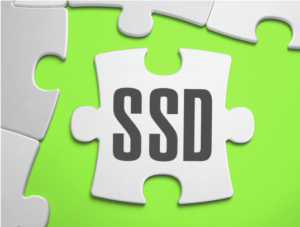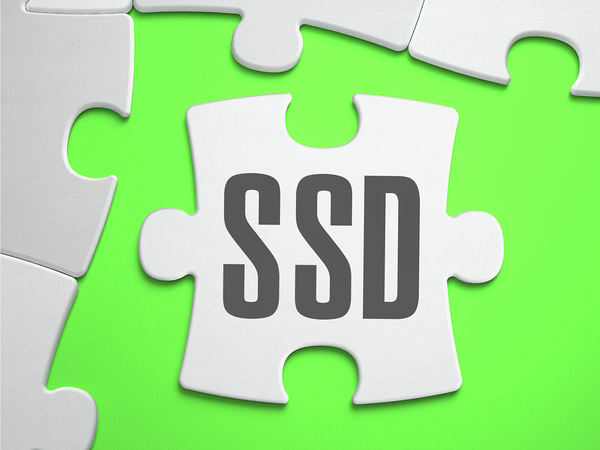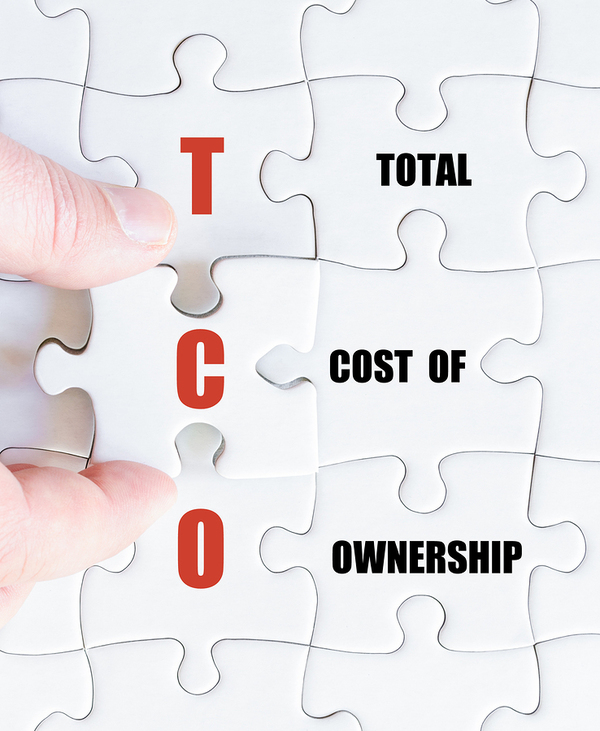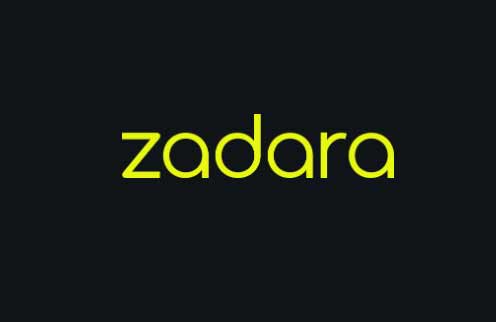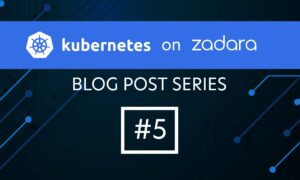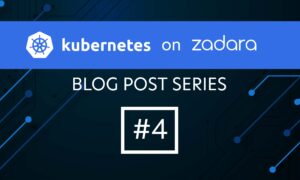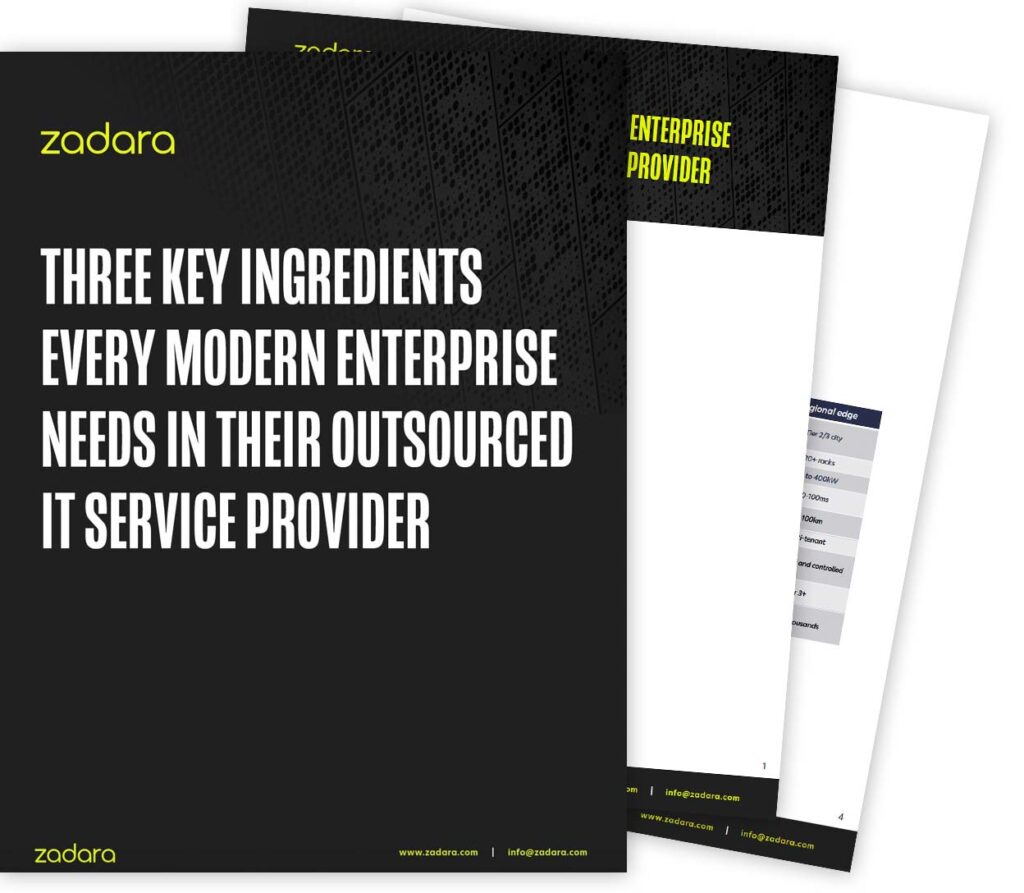“In 2016, we will stop putting hard disk drives in our servers.” That’s the opinion of storage consultant Jim O’Reilly, formerly VP of engineering at Germane Systems. Like many other data storage experts, O’Reilly believes that flash memory technology has advanced to the point where Solid State Drives (SSDs) are on the cusp of supplanting hard disk drives (HDDs) in corporate data centers with more people switching from HDD to SSD storage..
Is the SSD revolution really at hand? Is it time for your company to consider switching from HDD to SSD storage? Here are seven factors that indicate it may well be time to start planning your move toward a SSD storage solution.
Download the SSD vs HDD infographic to learn more.
1. The SSD Performance Advantage
The number one advantage of SSDs is their speed. Compared to hard disks, SSDs are blindingly fast. HDDs are mechanical devices that depend on rotating platters along with actuator arms that must be brought into position in order to read or write data. All that movement takes time and imposes unavoidable limitations on the quickness with which an HDD array can respond to data requests.
SSDs, on the other hand, have no moving parts. They are semiconductor devices that can randomly access storage locations in a single step. The result is an orders-of-magnitude improvement over HDDs in IOPS – the number of input/output operations that can be done in a second. According to Webfeet Research president Alan Niebel, a high end 15,000 rpm HDD can produce about 180 IOPS. Enterprise SSDs, on the other hand, can reach around 200,000 IOPS. This huge difference translates directly into application performance.
2. Lower SSD Purchase Prices
The factor that has inhibited wider adoption of SSDs has always been cost. The fact that SSDs had purchase prices far greater per gigabyte of storage than HDDs made them cost-prohibitive for extensive use in enterprise datacenters. But that’s changing fast. New advances in flash memory technology have been pushing SSD costs down quickly. SSDs still cost more than an equivalent amount of HDD storage, but the gap is narrowing. In fact, according to Hubbert Smith, Director, Product Planning at Samsung, there is now rough parity between the prices of enterprise SSDs and the highest performing HDDs.
Zadara Storage has taken a leadership position and priced SSD at HDD price parity as of November 2016.
3. Higher SSD Capacities
Not long ago SSDs were no match for hard disks in terms of capacity. But that’s no longer the case. In fact, SSDs have now begun to push past the capacity limits the laws of physics impose on HDDs. Toshiba expects that by 2020 HDD capacity may reach the 20-40TB range. But they also expect that by then SSDs will have achieved capacities exceeding 256TB. Already, Seagate has shipped a 60TB SSD, and Toshiba has announced a 100TB model to be available in 2017.
Those larger SSD capacities translate into greater storage density, which in turn translates into lowered datacenter space and power requirements.
4. Less Storage Required
Use of SSDs can actually reduce the amount of storage you require. That’s because the much greater speed of SSD arrays allows real-time deduplication and compression to be done at the primary storage level. These functions involve a large proportion of random rather than sequential accesses to the data, which with HDDs imposes unacceptable delays due to spinning disk latency and seek times. But with SSDs, which are inherently random access devices, implementation of deduplication and compression right in the storage array can result in a reduction in storage requirements of 50 to 80 percent for the same amount of data.
5. Increased SSD Durability and Reliability
All disks eventually fail, but SSDs do it at a much lower rate than hard disks. A study of SSD use in Google datacenters over a six year period found that “flash drives have a significantly lower replacement rate in the field” than hard disks. SSDs do exhibit a higher Uncorrectable Bit Error Rate (UBER) than HDDs, necessitating greater attention to backups and data recovery processes. But overall, SSDs have a significantly higher MTBF (Mean Time Between Failures) than do HDDs.
6. Ability To Handle Performance-Intensive Workloads
In many companies the major driving force behind SSD adoption is the need to accommodate increasingly demanding workloads. The greatly reduced latency and high IOPS performance provided by SSDs make the technology a natural for applications such as big data analytics, OLTP, databases, VDI (Virtual Desktop Infrastructure), and video image processing.
7. Lower Total Cost of Ownership
All the SSD features we’ve discussed above lead to what may seem to be a surprising result. Although initial acquisition costs for SSDs remain higher than those for hard drives, TCO may already be lower. In fact, Zadara has partnered with Intel to provide a flash storage solution based on Intel’s 3D NAND. Doing so has allowed Zadara to offer high-performing SSD storage at an HDD price point.
Factors such as the greater density and higher reliability of SSD storage arrays translate into fewer drives and therefore fewer servers required for the same amount of storage. Datacenter space, power, and cooling demands are far lower. Even software licensing costs may be reduced, since they are usually keyed to the number of servers employed
You can learn more about making the switch to SSD by attending the webinar ‘Storage Revolution: CapEx to OpEx, SSD to HDD, What’s Next‘.
Click here to sign up.
There’s No Need To Rush In!
The fact is that a shift toward SSD-based storage need not be an all-at-once proposition. Most companies that have moved in that direction have done so gradually. They start by using SSDs for their most business-critical and highly demanding applications. Only the most performance-intensive “hot” data is committed to SSD, using either a tiered or cache-based approach, while more static or “cold” data remains in HDD arrays.
This gradual move toward SSD storage is not only more cost-effective for most organizations, it also allows them to learn by experience how to best employ flash storage for their particular set of workloads.
If you are interested in exploring how switching from HDD to SSD storage could benefit your organization, we here at Zadara Storage would be happy to help. Why not start by downloading our latest analyst paper: Zadara Storage Voted by IT Pros as On-Premise Enterprise Storage-as-a-Service Market Leader?

